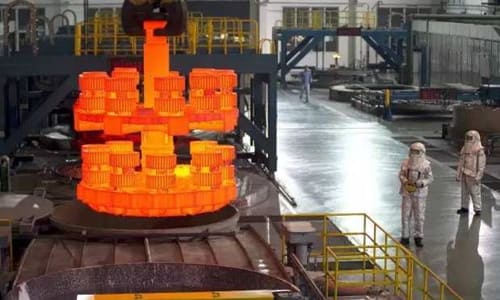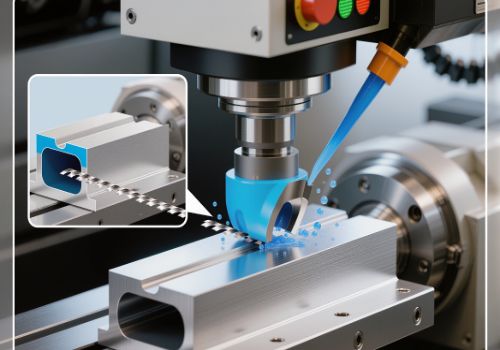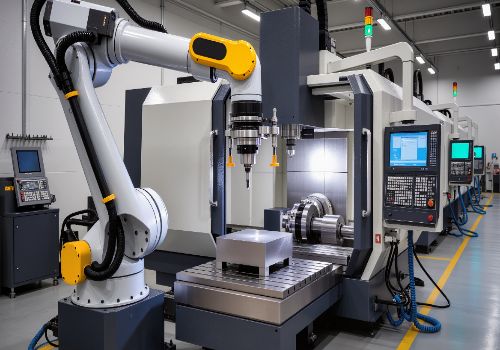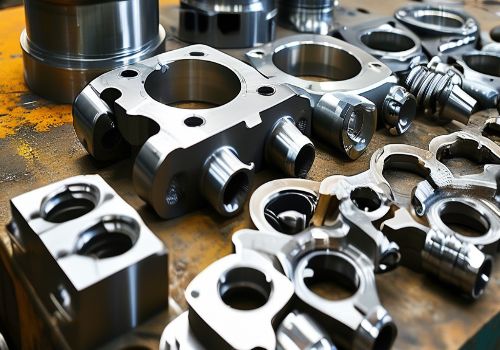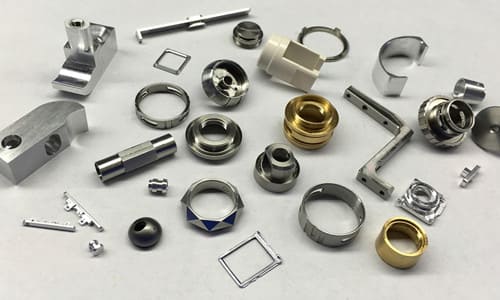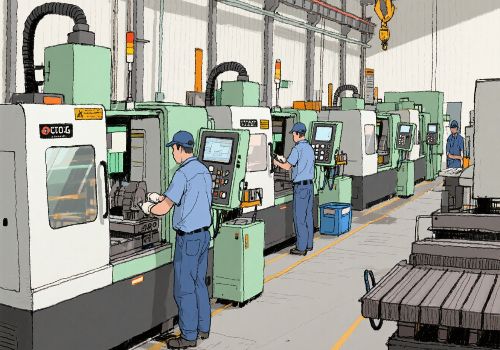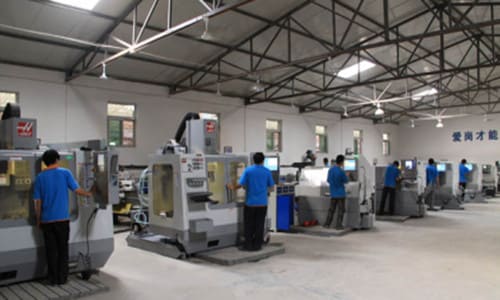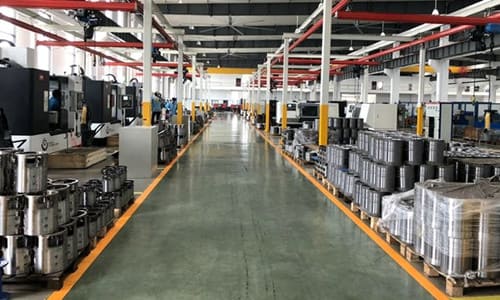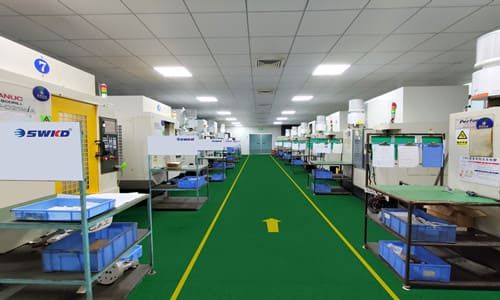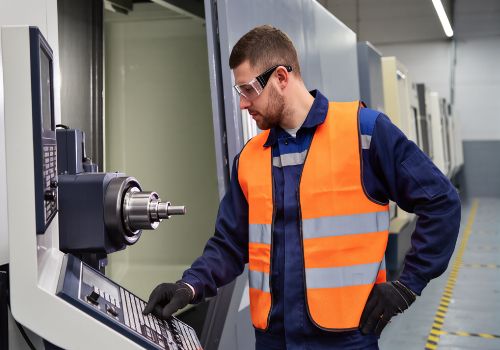As one of the most important treatment processes in the material production process, metal heat treatment technology has great advantages compared with other common processing technologies.
First of all, heat treatment only changes the internal microstructure or the chemical composition of the surface of the workpiece, improves the performance of the workpiece, and generally does not change the overall chemical composition and shape of the workpiece. Its characteristic is to improve the inherent quality of the workpiece, which is generally not observable by the naked eye.
There are generally four kinds of heat treatment, annealing, normalizing, quenching (solid solution) and tempering (aging)
Annealing
When the workpiece is heated and reaches a certain temperature, different holding times are used according to the size and material of the workpiece, and then slowly cooled, which is annealing.
The main purpose of annealing is to appropriately reduce the hardness of the material, improve the plasticity of the material, facilitate subsequent processing.
Normalizing
The workpiece is heated to a suitable temperature and cooled in air. The effect of normalizing is similar to annealing, except that the resulting structure is finer, which is often used to improve the cutting performance of the material.
The purpose is to adjust the hardness of the steel, refine the grain, and prepare for quenching.
Quenching
After the workpiece is heated and kept warm, it is quickly cooled in quenching medium such as water, oil or other inorganic salts, organic aqueous solution, etc. After quenching, the steel parts become hard, but at the same time they become brittle.
The purpose is to increase hardness and wear resistance.
Tempering
In order to reduce the brittleness of steel parts, the quenched steel parts are kept at an appropriate temperature higher than room temperature and lower than 710°C for a long time, and then cooled, this process is called tempering.
The purpose is to eliminate quenching is to generate internal stress, improve plasticity and toughness.
Mechanical processing is a processing technology that uses machine tool equipment to process parts, and mechanical processing will perform corresponding heat treatment processes before and after processing the parts. Its role is:
1. Remove the internal stress of the blank. Mostly used for castings, forgings, welding parts.
2. Improve processing conditions to make materials easy to process.
3. Improve the comprehensive mechanical properties of metal materials.
4. Can increase the hardness of the material.
Therefore, in addition to the reasonable selection of materials and various forming processes, heat treatment processes are often essential.
CNC machining service is the core business of DO Machining, from protptyes to bulk production, our professional 3/4/5 aixs CNC machining centers, CNC turning equipments, CNC turning-milling equipments, CNC grinding machines etc., are operated by well trained manufacturing engineers to meet the demands from global 1000+ customers in 30+ industries.
CNC Machining can be done starting with blanks produced from standard bar stock or one of DO Machining other manufacturing processes.
Contact us to see how we can provide overall value to your CNC machining needs.

